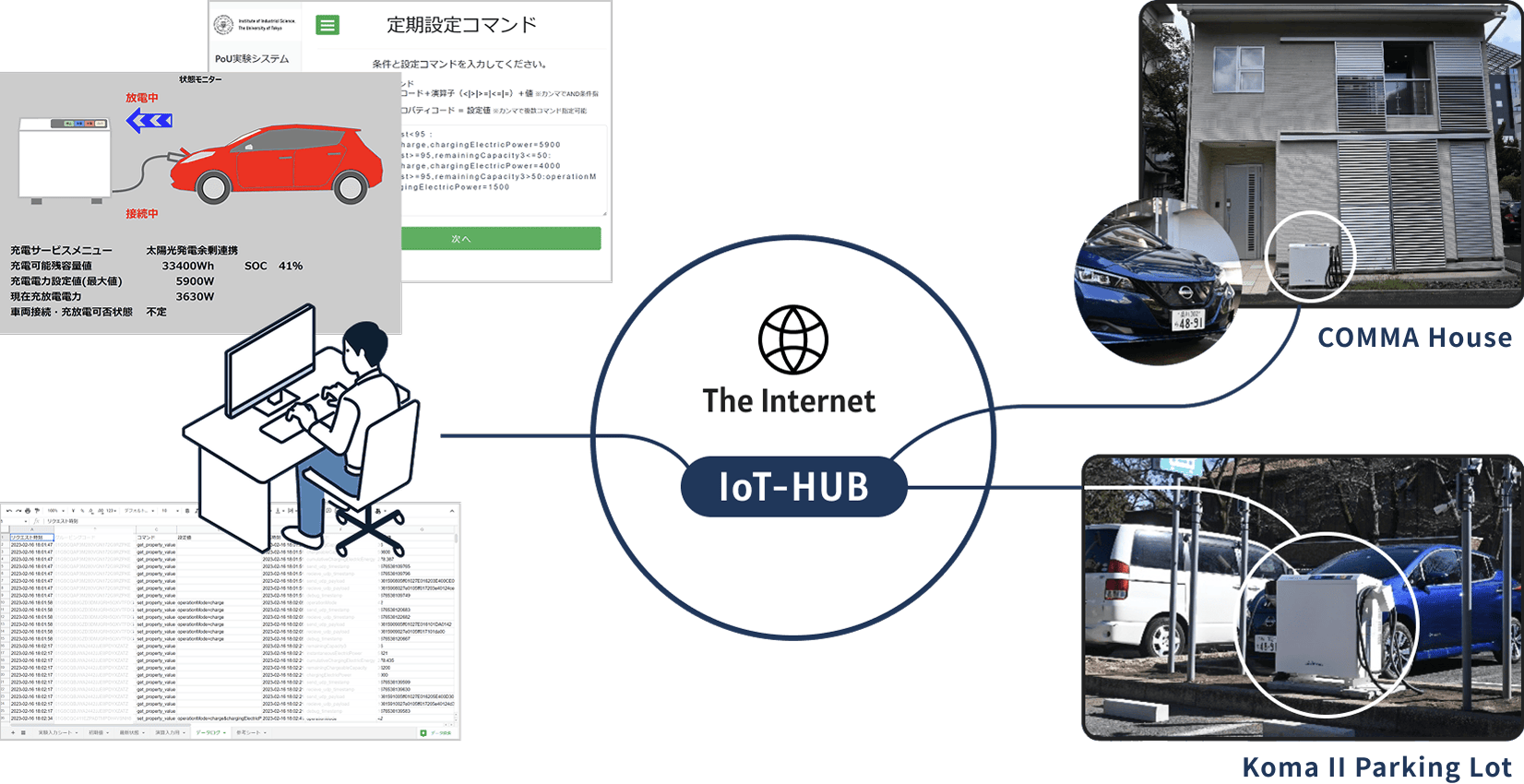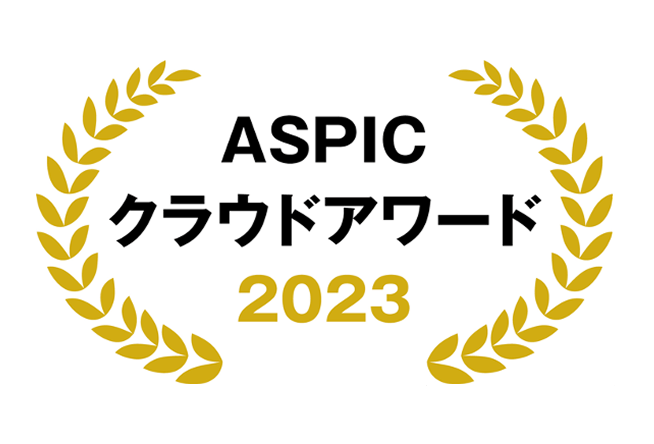
The Research and Development Department has developed PROTOTYPE-X, which digitizes the research and development process for products and services by devising a new development methodology that utilizes IoT and generative AI technologies based on conventional development methodologies.


As new technologies and services continue to emerge, the process of bridging the gap between original ideas and technologies and bringing them to market becomes crucial to realizing innovation that creates value. This process involves engaging stakeholders who possess the knowledge, technology, and resources that we lack, and repeatedly verifying the feasibility, performance, and acceptability of new products and services in an environment close to the market, while making improvements toward commercialization. In open innovation, shortening the time to market (Time to Market) is what creates value, and a “test bed”—a platform that enables rapid, repeated testing—holds the key to innovation. (Partially sourced from Mitsubishi Research Institute Monthly Review (September 2022 issue), “Test Beds to Accelerate Japanese Innovation”)

Preliminary investigation process: While new technologies such as IoT and generative AI, which leverage innovative ideas, are effective means of differentiation, the reality is that companies often lack the expertise in-house and must collaborate with companies that possess such expertise or work with trusted partners to test them.
POC Process: This is where the Proof of Concept (POC) comes into play. A POC is a verification process to confirm the feasibility and effectiveness of new technologies or ideas. A simplified version of the product or service is created to experimentally evaluate and verify whether the intended effects or benefits can be achieved and whether the product or service is feasible. However, implementing a POC presents the following challenges.

Prototyping process: The next step for companies that have successfully completed a PoC is prototyping*4. Prototyping is a method or process for developing products or services that offer higher customer satisfaction by repeatedly testing prototypes of products or services and making flexible adjustments based on the results. In prototyping, the necessary functional and non-functional requirements (such as scalability, reliability, quality, and security) are clearly defined.
However, developing prototypes (prototypes) requires significant time and cost (over six months and over 10 million yen). As a result, by the time the product is completed, customer and societal needs may have changed, posing the risk of the product becoming obsolete.
Productization Process: After creating a prototype, we gather feedback from inside and outside the company and create a commercial service with the necessary features.
Generally, it takes more time to rework the prototype to implement non-functional requirements.
PROTOTYPE-X was developed to shorten this research and development process without incurring additional costs and to achieve results.
PROTOTYPE-X utilizes IoT-EX Co., Ltd.’s “next-generation interconnection infrastructure technology” (product name: IoT Interconnection Infrastructure Service). This technology has obtained the following international patents.
PROTOTYPE-X is divided into front-end and back-end, and uses the next-generation interconnection platform as BaaS (Backend as a Service). This allows developers to focus on the front-end while leaving the back-end to IoT-EX. This eliminates the need for tasks such as setting up servers or configuring settings, thereby shortening development time and making system expansion and modification easier.

* IoT-EX is a trademark or registered trademark of IoT-EX Co., Ltd.
* PROTOTYPE-X is a trademark or registered trademark of IoT-EX Co., Ltd.
The front end is the part that users see and interact with. In contrast, the back end is the part that performs data processing, such as accessing databases, which is invisible to users.
By utilizing the interconnection platform as BaaS instead of developing the back-end processing part from scratch, you can shorten the system development period. The interconnection platform allows you to add or modify functions simply by developing and configuring drivers, making it highly scalable and easy to modify.
We separated the front-end functions into input (UI/UX), logic (app driver), and output (screen, Google Spreadsheet) sections.
Additionally, by using the Single Page Application (SPA) method, where screen content dynamically changes based on user input, and the Single-file webpage method, which stores all webpage elements (CSS, images, fonts, frames, etc.) in a single HTML file, distributing, saving, and modifying screen-specific apps is straightforward. Furthermore, since item names are stored in separate files, they can be easily changed to preferred names or languages.
Device (Things) virtualization includes treating devices that do not actually exist as if they did (for emulation and simulation), treating multiple devices as a single device (for device integration and abstraction that can be used for storage and VPP), and treating a single device as multiple devices (using devices with multiple functions as multiple devices with single functions). This enables development to begin even before the actual devices arrive, eliminating the need to purchase expensive equipment for functional verification.
Explanatory video: https://www.youtube.com/watch?v=dOoGZH2yPos
The interconnection infrastructure allows you to easily collect and centrally manage data and logs scattered across multiple systems. This allows you to output and store input conditions, the latest status, calculation formulas, processing results, operation logs, and other information. Online spreadsheet software allows administrators to specify who can view what, avoiding data hoarding issues.
By dividing the front end into a Web application dedicated to input UI/UX and an application driver that executes the processing, attacks that exploit Web vulnerabilities (such as SQL injection) are prevented. In recent years, vulnerabilities in FaaS (functions) have been pointed out, and such measures are now required. Authentication is performed using multi-factor authentication with API keys, certificates, and tokens. Additionally, we support encrypted communication protocols such as HTTPS, TCPs, MQTTs, and VPN. Furthermore, we can also encrypt and decrypt data using a secure element. When using a secure element, even if data is output to a CSV file, it remains encrypted, preventing data leaks. Furthermore, by signing specific data items, tampering with those data items (such as timestamps or locations) can also be detected.
A “test bed” is a place where the feasibility, performance, and acceptability of new products and services are repeatedly verified. PROTOTYPE-X can quickly construct test beds and is ideal for university laboratories, large corporate research laboratories, and commercial service development by large corporations and venture companies.

Source: Institute of Electrical Engineers of Japan Journal (September 2023 issue) Expectations for Electric Vehicles as “Mobile Storage Batteries” from the Perspective of Power Infrastructure – 2 “Construction of an EV Charging Test Bed”
Hiroyuki Baba and Masateru Imanaka, Institute of Industrial Science, University of Tokyo

The ASPIC Cloud Award is presented by the Japan Cloud Industry Association (ASPIC, located in Shinagawa-ku, Tokyo, chaired by Teruyoshi Kawai) with support from the Ministry of Internal Affairs and Communications and other organizations. It recognizes outstanding and socially beneficial cloud services in Japan with awards such as the Minister of Internal Affairs and Communications Award, the Grand Prix Award, the Grand Prix Award for each category, and other awards.
For details, please refer to the official website of the “ASPIC Cloud Award 2023.”